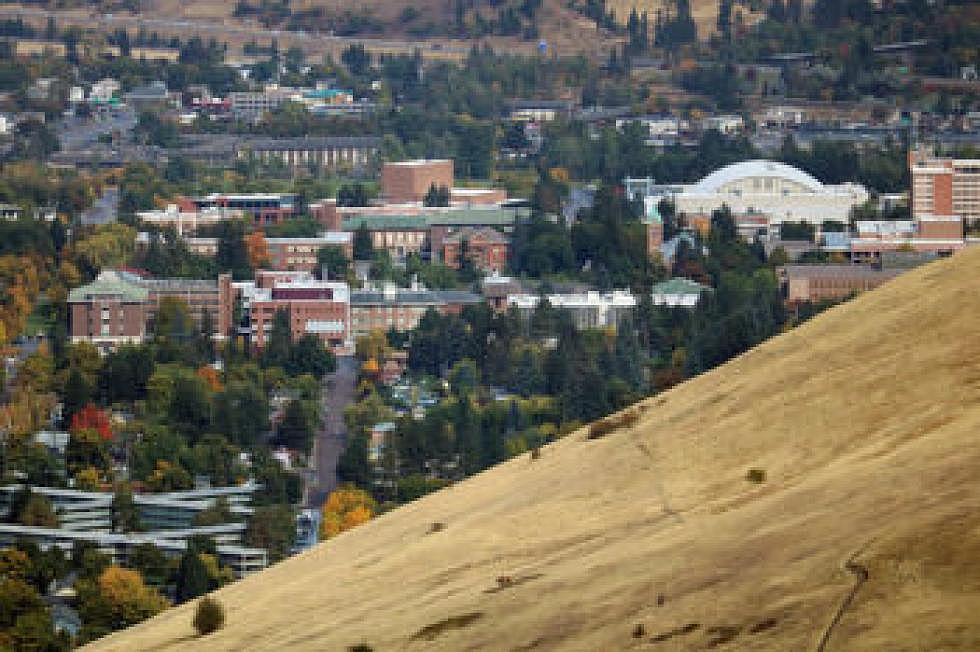
University District pushes for special zoning protections to stave off “McMansions”
Despite accusations of neighborhood favoritism, members of the Missoula City Council directed planning staff on Wednesday to prepare an ordinance to preserve the character of the University District by placing limitations on home remodels and new home construction.
Now a year in the making, the effort follows a series of complaints surrounding several new homes that critics feel don't fit the scale and character of their neighborhood.
“In the University District, we've seen this happen in three or four cases in the past few years,” said Tom Zavitz, a senior planner with Development Services. “At present times, we have people who want to live in the neighborhood but want more square footage, but don't match the character of the usually historic neighborhood.”
Ward 3 council member Gwen Jones, who initiated the effort at the request of district residents, won just enough votes on Wednesday to direct planning staff to write an ordinance to direct “mindful growth and change” within the neighborhood.
While the zoning overlay remains a work in progress, it would likely create new rules capping the maximum height of new homes to 30 feet and increase the setback from 10 to 15 feet. It would also forbid any loss of dwelling units.
Other design standards could follow.
When arguing the need for zoning tools, supporters cited several newly constructed homes in the district, including one that razed two existing homes, combined the lots and created one large house.
Such projects have led to an overall loss of neighborhood character that threatens to continue if not checked, supporters believe.
“Few would deny the aesthetic, cultural and historic values the University District brings to Missoula,” said John Snively, president of the University Area Homeowners Association. “Those who know us understand that our residents have often made significant financial commitment and sacrifices to live there and have dedicated themselves to making it a better place.”
To get ahead of the changes they fear are detrimental to the neighborhood, several residents pushed for a zoning overlay to ensure that new and remodeled homes included the character they desire in the district.
While some contend that character is a subjective term that can't be regulated, the University Homeowners Association received 100 responses supporting the effort and just 15 against.
“Our neighborhood is really proud of what we have done,” said neighborhood resident Carolyn Snively. “I don't feel we're elitists in any way saying we're more special than the Slant Streets are. We pay more to live there, and we have given everything we can to keep the flavor of the neighborhood. We like pointy roofs.”
Despite neighborhood support, the proposal has opponents, including the Missoula Organization of Realtors and the Missoula Building Industry Association.
Sam Sill with MOR said that while the proposed standards are noble in their effort to preserve the character of the neighborhood, its defining character is actually the diversity of its homes. Sill also suggested it was inherently unfair to give privileges to one neighborhood over others facing similar issues and concerns.
“Only under the most urgent and compelling circumstances should the city award special zoning standards to a single neighborhood,” Sill said. “In our view, proponents have not demonstrated a sufficiently compelling need for the University Neighborhood to be given special zoning standards above and beyond those of other (similarly zoned) neighborhoods.”
Members of the council debated the issue briefly on Wednesday, and while it won the majority's support, several opposed the effort, including Ward 6 council member Michelle Cares and Ward 1 representative Heidi West.
“We're not protecting historic districts with equity,” West said. “If we're going to move in this direction, we should move forward community wide and not single out one part of town over another.”
Ward 3 council member Emily Bentley supported the effort.
“In my mind, it's really a values thing,” Bentley said. “When you build one (house) and scrape two and the massing is off, it sends a message to the neighborhood that it's really a place for the 1 percent. I've felt that the University Neighborhood has always been a middle-class neighborhood and has retained that charm.”
While some opponents believe the zoning overlay is too vague, Jones said it was left intentionally broad to allow wider discussion.
“This is the correct tool we should be using,” Jones said. “This was created as a broad motion to allow some of those broader discussions.”
